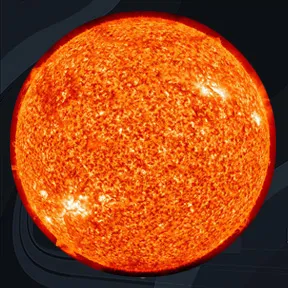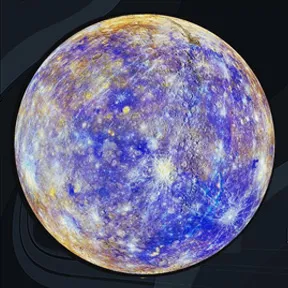Black Holes | The Scariest Things in the Universe
As a massive star dies, its core collapses to the densest state possible, a hundred times denser than an atomic nucleus.
Once the star has exhausted its nuclear fuel, black holes are expected to form.
The density of the matter is so high that protons, neutrons and electrons no longer exist as discrete particles.
It is possible to detect black holes by orbiting a normal star. Astronomers can infer the properties of the normal star from its dark companion, a black hole.
Because of their enormous density and powerful gravitational pull, not even light can elude them.
These sticky beans devour everything in their path. And Sagittarius A*, a supermassive black hole, is at the center of the Milky Way.
The enormous object is located 26,000 light-years from Earth and has a mass that is around 4 million times that of the Sun.
However, there is a black hole that is so large that we can extract millions of Sagittarius A* black holes from it. How big is this black hole?
And why should we be wary of it?
























































